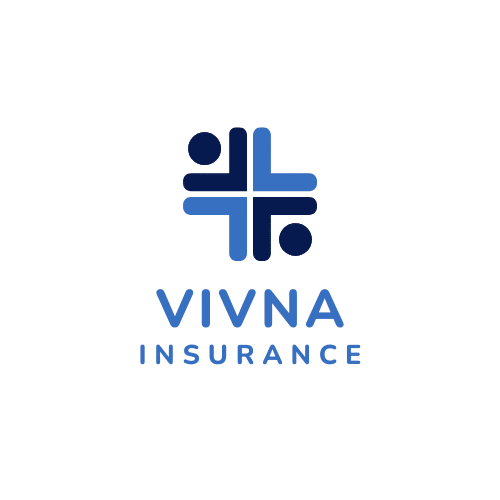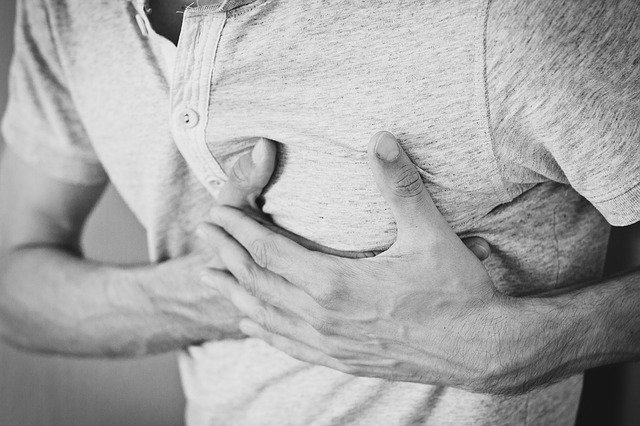What Is the Difference Between a Panic Attack and a Heart Attack?
A panic attack and a heart attack may feel similar at first—but they are very different. A panic attack is a sudden surge of fear or anxiety, while a heart attack is a medical emergency caused by a blockage of blood flow to the heart. In this guide, we’ll explain the key differences between these two conditions, including their symptoms, causes, and treatments, so you can stay informed and safe.
You may suddenly feel your chest tighten, your pulse race, and your body break into a sweat. When your mind is racing and you don’t know what’s happening, it’s easy to confuse panic with something more serious. Understanding the difference can help you react quickly and correctly.
According to the Mayo Clinic, chest pain should always be taken seriously. If you ever suspect a heart attack, call emergency services immediately.
1. What Is a Panic Attack and What Are the Symptoms?
A panic attack is an intense episode of fear that triggers physical reactions, even when there’s no real danger. These attacks can be extremely frightening but are not typically life-threatening.
As described by the National Institute of Mental Health (NIMH), panic attacks can happen suddenly and without warning.
Common symptoms include:
-
Sudden feelings of fear or dread
-
Chest pain or discomfort
-
Stomach pain or nausea
-
Trouble breathing or shortness of breath
-
Feeling of impending doom
-
Sweating, shaking, or trembling
-
Dizziness or lightheadedness
-
Rapid or pounding heartbeat
While the symptoms can feel severe, they usually peak within 10 minutes and subside on their own. If you experience recurring panic attacks, speak to your doctor about treatment options such as therapy, relaxation techniques, or medication.
Visit Vivna.net for more wellness resources and insurance coverage options for mental health care.
2. What Is a Heart Attack and What Are the Symptoms?
A heart attack (also known as myocardial infarction) happens when blood flow to part of the heart muscle is blocked. Without oxygen, the heart muscle begins to die, which can lead to serious complications or death if not treated quickly.
According to the Centers for Disease Control and Prevention (CDC), heart disease remains the leading cause of death in the United States. Recognizing early warning signs can save your life.
Common symptoms include:
-
Chest pressure, tightness, or fullness
-
Pain radiating to the arm, neck, or jaw
-
Shortness of breath
-
Nausea or vomiting
-
Cold sweats
-
Lightheadedness or dizziness
-
Feeling of impending doom
If you believe you’re having a heart attack, call 911 right away. Never try to diagnose it yourself. Learn more about heart attack signs from the American Heart Association.
3. Key Differences Between a Panic Attack and a Heart Attack
Both panic attacks and heart attacks cause chest pain, shortness of breath, and fear—but there are distinct differences.
Location and Type of Pain
-
Heart Attack: Pain often feels like pressure or heaviness in the center or left side of the chest. It may spread to the arm, neck, or jaw.
-
Panic Attack: Pain is usually sharp or localized and does not radiate.
Triggers
-
Panic Attack: Often caused by emotional stress, anxiety, or fear.
-
Heart Attack: Usually triggered by physical exertion or blockage in coronary arteries due to plaque buildup.
Duration
-
Panic Attack: Usually lasts 5–30 minutes and improves with relaxation or breathing.
-
Heart Attack: Pain can last longer and may worsen over time without treatment.
Associated Symptoms
-
Heart Attack: Cold sweats, nausea, and pain spreading to other areas.
-
Panic Attack: Trembling, a feeling of unreality, or detachment.
For a visual guide, visit Harvard Health.
4. What to Do If You Think You’re Having a Panic or Heart Attack
If you ever experience chest pain or sudden pressure, seek medical help immediately. Don’t try to guess which condition it is.
The Cleveland Clinic emphasizes that only medical professionals can confirm whether it’s cardiac-related.
If you suspect a heart attack:
-
Call 911 or emergency services right away.
-
Sit down and try to stay calm while waiting for help.
-
If prescribed, take aspirin unless allergic.
If you suspect a panic attack:
-
Focus on slow, steady breathing.
-
Try grounding techniques such as naming objects around you.
-
If panic attacks recur, contact a healthcare professional for diagnosis and treatment.
Having reliable health insurance coverage is crucial in both cases. Visit Vivna.net to learn more about health plans that offer affordable emergency and mental health care options.
5. How to Prevent Panic Attacks and Heart Attacks
While you can’t always prevent emergencies, you can lower your risks through healthy habits.
For Panic Attacks:
-
Practice deep breathing and relaxation techniques.
-
Get regular exercise and enough sleep.
-
Limit caffeine and alcohol.
-
Consider therapy for anxiety management.
For Heart Attacks:
-
Eat a balanced, heart-healthy diet.
-
Maintain a healthy weight.
-
Avoid smoking and limit alcohol use.
-
Schedule annual check-ups and cholesterol screenings.
Learn more about prevention from WebMD.
For long-term health coverage and preventive care options, explore plans available at Vivna.net.
6. Final Thoughts
Although a panic attack and a heart attack can feel similar, understanding their differences can help you respond quickly and safely.
If you ever have chest pain, shortness of breath, or other symptoms, always err on the side of caution and seek emergency care.
At Vivna Insurance, we care about your overall health—both physical and mental. Whether you need emergency coverage or ongoing care, we’re here to help you find affordable options that fit your lifestyle.
📞 Call 888-730-6001 or visit Vivna.net to explore plans that give you peace of mind when it matters most.

